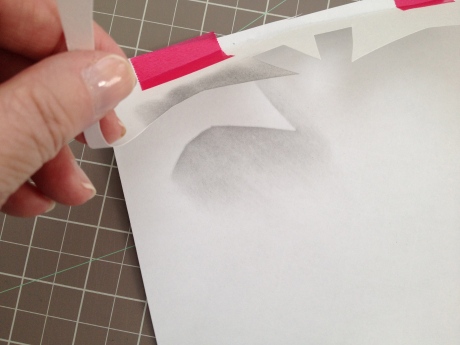 Students taking my professional development courses often ask me how to evaluate and grade artwork that their students have made. Unlike other curricular areas such as math or history, art is a subject that doesn’t result in answers that can be marked “right” or “wrong”, so how should a teacher go about grading it? The answer — in my opinion — is easier than you might think.
Students taking my professional development courses often ask me how to evaluate and grade artwork that their students have made. Unlike other curricular areas such as math or history, art is a subject that doesn’t result in answers that can be marked “right” or “wrong”, so how should a teacher go about grading it? The answer — in my opinion — is easier than you might think.
When I’m evaluating student artwork, I focus mainly on two things: their effort and their involvement.
Where art is concerned, people tend to get caught up in what the finished piece (or outcome) “looks like”, rather than the quality of the process that got them there. Differences in art exposure and experience will produce vastly different outcomes between students, so that hardly seems an equitable approach to evaluation. For example, as a trained artist, how my final art piece compares to the work of someone who has never held a paint brush doesn’t make sense. But EVERYONE can demonstrate a high level of effort and involvement when creating art, and I believe this is the key.
Rather than “getting the right answer” — in the form of a finished piece that looks a certain way — I believe that authentic art experiences should encourage exploration of subject matter and materials. Sometimes this exploration results in an end product that is expected and satisfying to the maker and the viewer… sometimes not. But both should be valued as creative growth and as successful.
With older students in particular, I often list requirements or expectations for a given art experience. This lets the students know in very specific terms what techniques and/or materials I expect them to use during their work. When such a list is part of the assignment, then naturally the use — or omission — of them becomes part of my evaluation process. If a required element is not explored or included, that counts “against” the grade. This circles back to my original premise of evaluating effort and involvement, because if a student hasn’t attempted the requirements, they clearly haven’t demonstrated their full effort, nor have they been fully involved in the assignment.
An example came up this week with a professional development student of mine submitting photos and an evaluation to me of an art lesson she taught to her own students. Of one student’s work she remarked, “His piece ended up just looking like a lot of black on the paper, rather than distinct lines.” Nevertheless, she included that piece in the display, and I applauded her for that. What I said back to her was that for that particular student, his process of drawing the lines — though he did it over and over again until his work was a mass of black — was a more important exploration and experience, than of having a final piece that looked a certain way. Did he demonstrate effort in the creation of his piece? Yes! He took the process of drawing lines so far that they became indistinguishable from one another. Was this student involved in the process? Absolutely! And do I love his teacher for not getting “hung up” on what his final piece looked like, and for accepting his creative effort and involvement for what it was? You better believe it!
If you have questions or thoughts about this topic, please share them in the comments section. If you’re looking for some fun, affordable, and convenient professional development credits, click here to find out more about the distance learning art classes I teach. (No previous art experience is necessary — but your full effort and involvement will be!) Thanks for reading. 😉
















